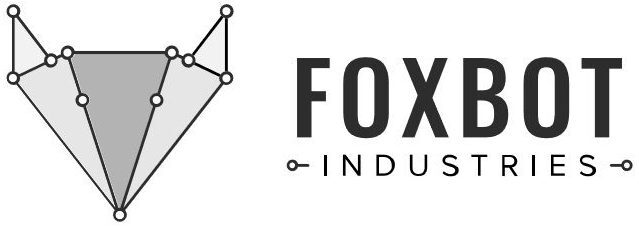Whenever your phone rings or you get a text message, radio waves carry that information, whether in the form of a voice or letters, across vast distances. Different forms of wireless communication use different types of radio waves, which are differentiated by their wavelength and frequency. Cellphone radio waves can travel far, but eventually they lose energy. To make sure that you get that very important text message, cellphone service providers amplify the signal with radio towers. But, some radio waves can travel even farther, like “very low frequency”, or VLF radio signals can travel miles, through air, land, and even water! This method of sending wireless signals is a great way for aircraft and submarines to navigate and communicate.
The catch with these low frequency signals is that creating an energy-efficient signal requires an extremely large antenna, often more than a kilometer long! This requirement limits the uses and practicality of these low frequency signals.
That is all about to change (insert obligatory dun dun dunnnnnn!!!):
Mark Kemp of of the Standard Linear Accelerator (SLAC) and his collaborators  have been trying to build a low-energy and long-range radio antenna. In other words, they are trying to have it all.
have been trying to build a low-energy and long-range radio antenna. In other words, they are trying to have it all.
Kemp and collaborators successfully built a long-range antenna prototype (pictured right) by using a creative approach: rather than using metal as is traditional for antennas, this collaboration used a material that expands and contracts to generate a radio wave. This allows a much smaller antenna that is able to be portable and long range!
We are excited for the possibilities of improved low-energy and long-range communication, particularly in remote areas, as it improves connectivity, safety, and access to services.
To learn more, you can read a more detailed summary of the prototype here: https://physicstoday.scitation.org/do/10.1063/PT.6.1.20190530a/full/
Or read the original published paper in the journal Nature: https://www.nature.com/articles/s41467-019-09680-2
